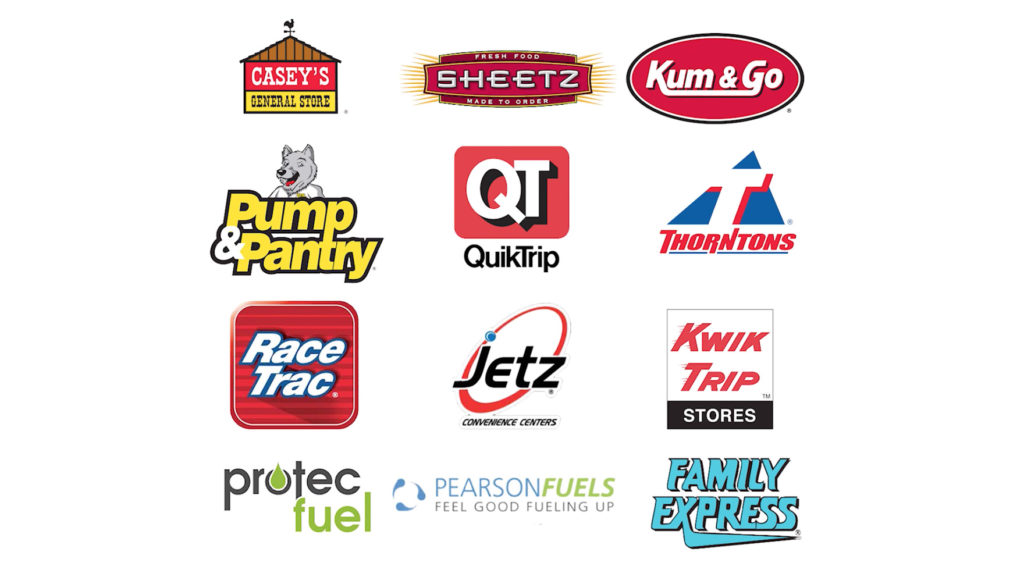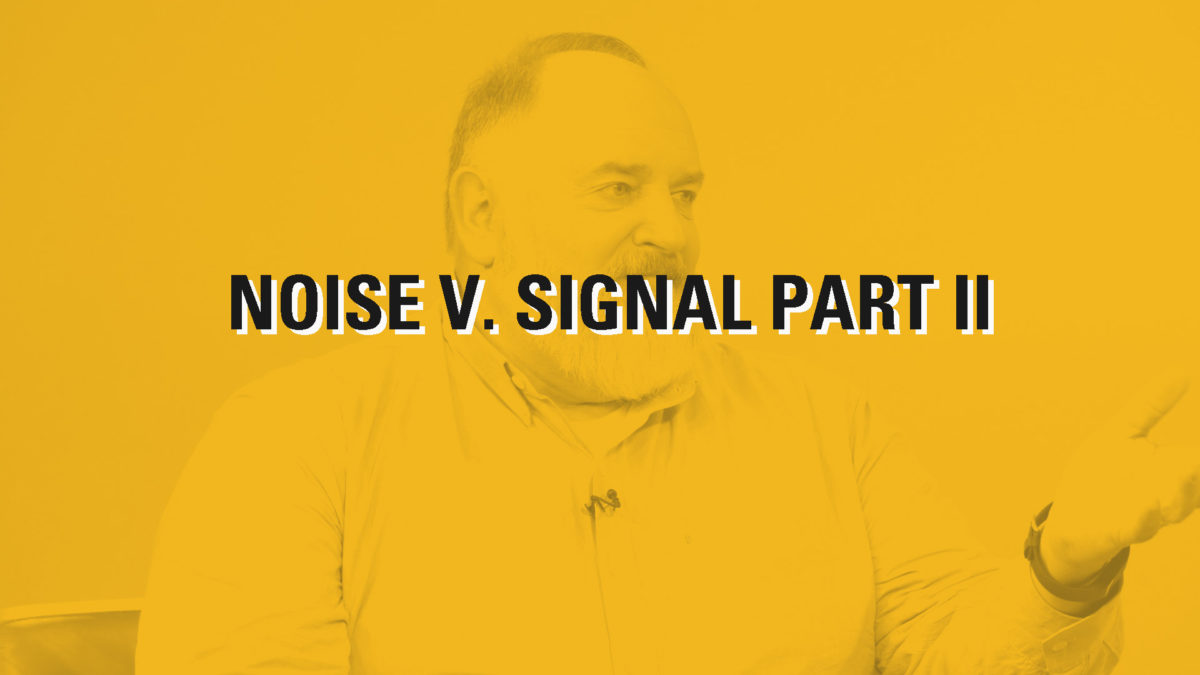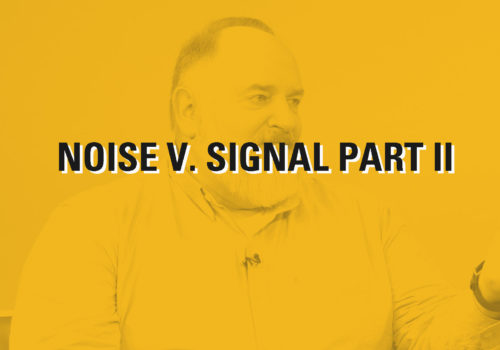
“THE MATH” SAYS YOU SHOULD LOOK AT E15, E85, AND FLEX FUELS
The numbers surprise a lot of people — they simply don’t match up with expectations. You’re probably going off your gut and haven’t taken a hard look at the numbers yet. Don’t worry. A lot of people have followed that approach, too.
If you took a survey of what’s driving in and out of your station every day, here’s where you’d land: of the 276 million cars and light duty trucks on the road today, only seven million take diesel. Eighteen million require premium gasoline. You know about E85 and flex fuel vehicles (FFVs) that can run on any blend between E0 and E85, but did you know there are more of them than diesel and premium cars and light trucks combined? FFVs now total about 27 million in operation.
On top of that, since the 2012 model year, 25 million cars and light trucks have been built and warrantied by their manufactures to run on E15. Add FFVs to those E15 vehicles, and you’ve got more than 50 million cars and trucks built to use E15. Along with the cars and trucks EPA has approved to run on E15 (every car or light truck built since 2001), you’ve got a whopping two hundred million cars approved to run on E15. That is 80 percent of the cars and light trucks on the road today.

Thousands of American fuel retailers sell E15 and flex fuels because they’re cleaner, higher octane fuels that differentiate them from the crowd and cost less than what everybody else is selling now. Gotta make you wonder: “Why isn’t everyone already selling E15 and flex fuel?”
We talk to a lot of petroleum marketers, and the reasons they’ve decided against E15 (for now, at least) generally fall into a few categories.
“NOBODY WANTS E15. THERE’S NO MARKET FOR IT. (RIGHT?)”
That has been a common talking point of anti-ethanol lobbyists and politicians. They say, “No one is calling my office, asking about E15.” Probably true. Sort of like no one asked for an iPhone before it was invented…. Gas station customers ask for E15 all the time. They don’t specifically mention E15, but aren’t they always asking for lower-priced gas? You’ve read all the consumer surveys – 70 percent of drivers say they buy fuel based on price. Every year, in one survey or another, consumers say they’ll turn across a busy street or drive five minutes out of their way to save money.
That matches the real-world experience of current E15 retailers. Since EPA approved E15, retailers who’ve added it say it has become the first or second best-seller. Not because they quit selling the other grades of gas – E15 doesn’t replace “regular.” Ninety percent of cars can use E15, but 100 percent can still use regular. Most retailers adding E15 experience a gain in overall customer count while retaining all or most of their E0 and E10 volume.
“WHAT ABOUT THE LIABILITY…?”
Liability, liability, Liability. Although most marketers have trouble describing what kind of liability problem they’re worried about it is still one of the top reasons given for not offering E15. Ask your insurance carrier, you’ll find E15 “liability” is the same as liability for any other fuel. But that’s really a moot point. No business wants a customer to have a problem, regardless of insurance coverage. That goes for ethanol producers, too, by the way. They wouldn’t be promoting E15 if they thought it would bring a rash of lawsuits. Fortunately, it hasn’t, and contrary to the “ghost stories” you’ve heard about E15 destroying all kinds of things, nothing has happened. The ghost isn’t real.
Ethanol opponents spent (and continue to spend) a lot of money hiring PR firms to terrify stations away from offering E15, and their huge, expensive misinformation campaign has been effective. Four years after the first stations added E15, with a complete and utter lack of damage complaints or claims and not a single warranty voided over the use of E15, concerns over nebulous “liability” issues still exist. How do you know no engine has been damaged and no warranty voided? Simple. If even ONE had, the PR machine that created the liability boogeyman to scare retailers would have made the victims household names.
If you’re still worried, as mentioned above, over 25 million cars on the road today are built and warrantied to use E15, all FFVs can use it under warranty, and the market grows by ten million vehicles or more each year. The market is here today and getting bigger and you are “liable” (see what we did there? To lose a lot of customers by not offering E15…
“I CAN’T AFFORD TO ADD ALL THAT EQUIPMENT FOR E15 AND FLEX FUELS.”
Most of the staggering cost estimates you’ve heard are the result of purposeful confusion between the expense of adding E15 (which can cost very little) versus E85 (which is more expensive than standard fueling equipment). If you’ve heard crazy-big cost estimates of several hundred thousand dollars, those assume you would build a new station from the ground up to sell E85.
According to the United States Department of Energy’s National Renewable Energy Lab (NREL), virtually all underground storage tanks and UST systems are already compatible with up to 100 percent ethanol. NREL audited equipment companies and verified this equipment compatibility fact. This website contains some of this information, with links to where you can find more detailed info.
As far as “above ground” equipment goes – dispensers and hanging hardware – according to the Petroleum Equipment Institute (PEI) and United States Department of Agriculture, most stations can add E15 for as little as $1000 and stations that want to convert dispensers for E15 pay less than $1,000 per fueling position. The cost of E25 compatibility option on a new dispenser is only a couple hundred dollars, and if you need to upgrade, financial assistance is often available. Program descriptions and contact details can be found on the stat pages of this guide.
“I CAN’T. THEY WON’T LET ME.”
If you have a branded oil company sign sitting in front of your station, you could be stuck, prohibited from selling E15, unless you can afford to quit the brand and/or can get out of paying a penalty to get out of the contract. We know of examples from station owners, like Charlie Good, who have broken free from oil company contracts, began offering E15, and were able to make it work. And we are aware that’s the exception, not the rule. If you’re unbranded, consider yourself lucky, and if your contract is coming to an end, consider your options before you sign another one. You don’t want to have to compete with E15 using higher-priced, lower octane regular for ten more years.
Editor’s Note: some states have enacted legislation that does not allow oil company contracts to restrict the sale of E15 and flex fuels. Check out your state’s regulations in the State section of the Roadmap.
“IT’S TOO MUCH HASSLE”
Registration, testing, and oil-lobby inspired weird hose rules and RVP restrictions that apply only to E15 can be a pain. EPA requires a unique hose configuration to “protect” someone from pumping a gallon or two of E10 from getting E10.5 or E11 because of leftover E15 in a hose. As unlikely as that is to happen, there are ways to address it using minimum purchase notification stickers or a separate E15-less fuel. Not ideal, but marketers seem resigned to clear that hurdle.
Not as many want to deal with the biggest hurdle to E15, which is the hassle of having to comply with EPA’s outdated evaporative emissions (Reid Vapor Pressure or RVP) regulations regarding gasoline in the summer months (defined as June 1 through September 15) EPA’s stubborn refusal to allow E15 – a cleaner, less emitting fuel – to be used from June 1 through September 15, means station owners in conventional gasoline areas can’t offer the fuel year-round to their customers. To comply, stations would have to re-configure their tanks and pump hoses to sell E15 as a standard fuel most of the year, and a flex fuel during the summer. Many can’t. But even the ones that can, don’t want to. And EPA doesn’t like the “E15-as-flex-fuel” approach so look for them to add another hurdle soon. We’re working to fix this problem and encourage you to contact your congressional delegation and EPA to help.





